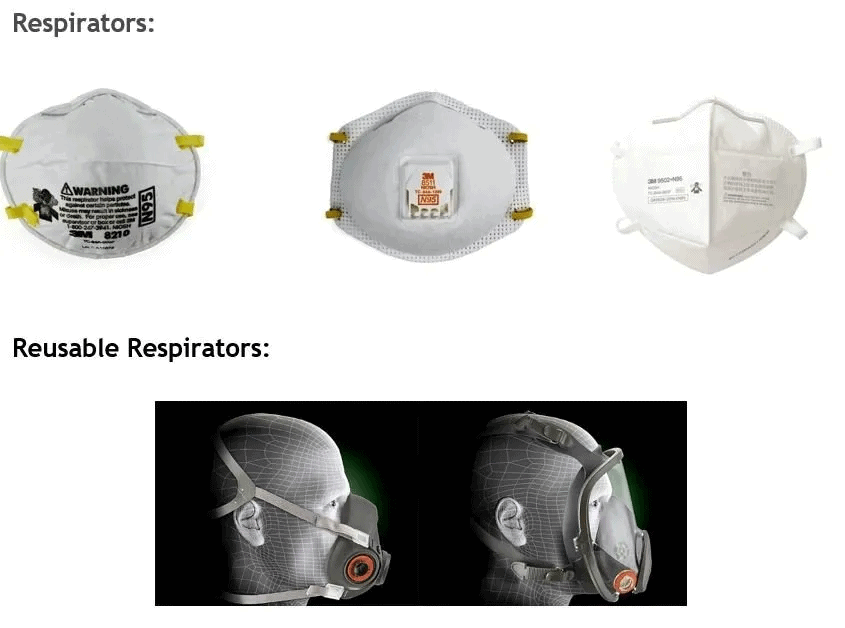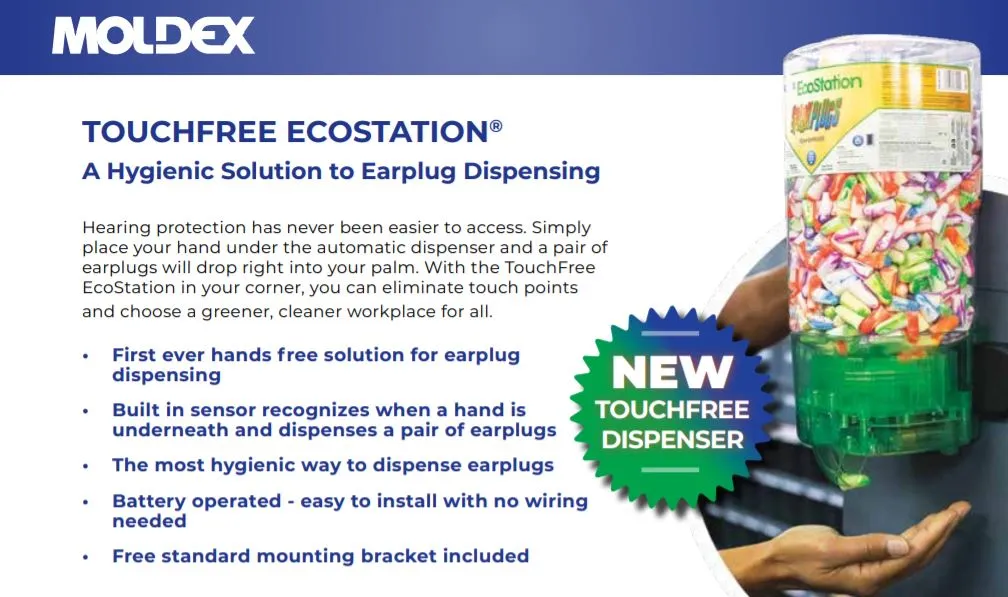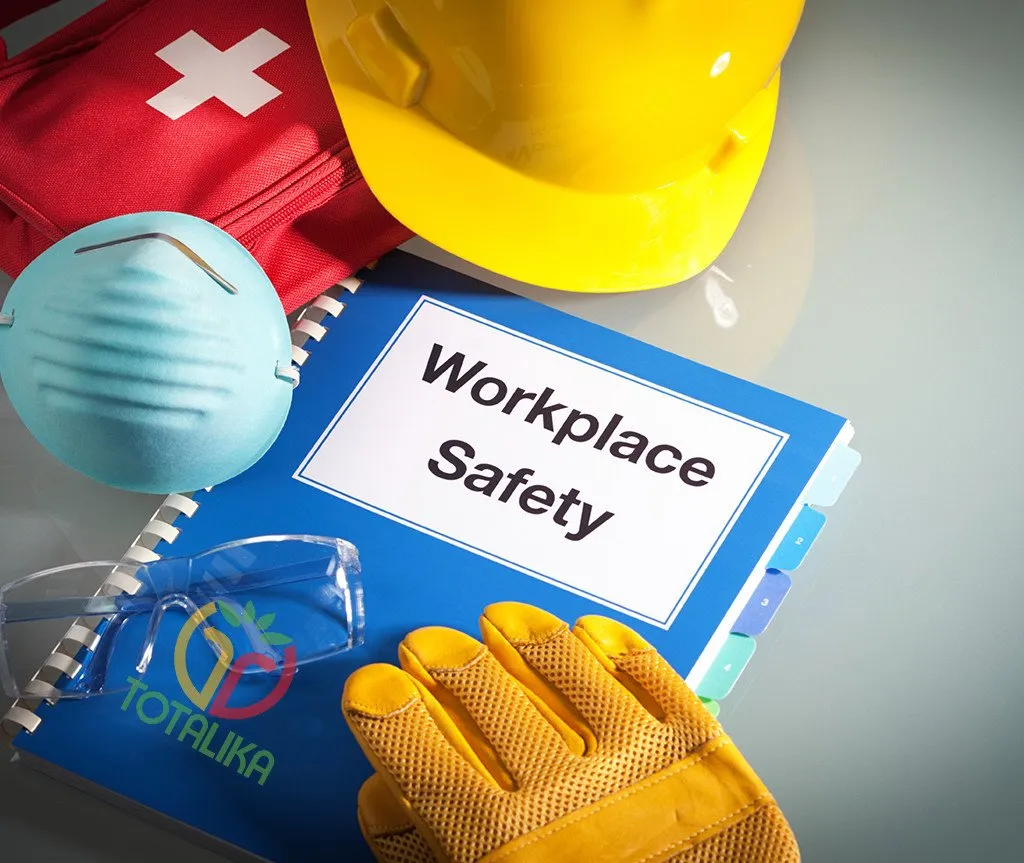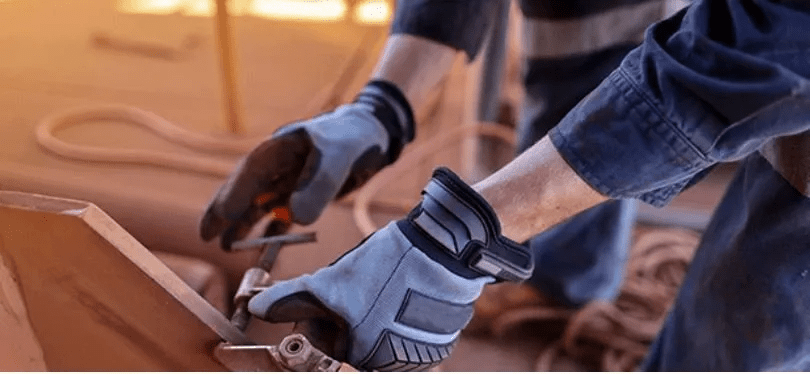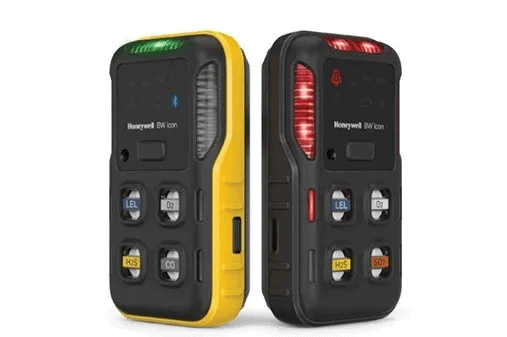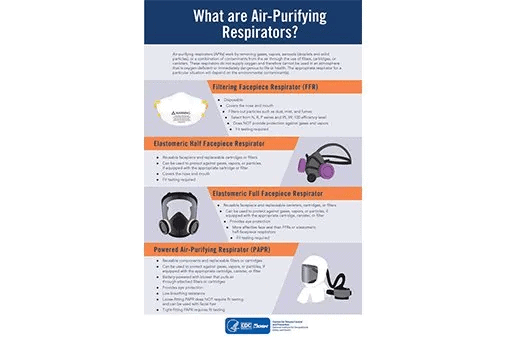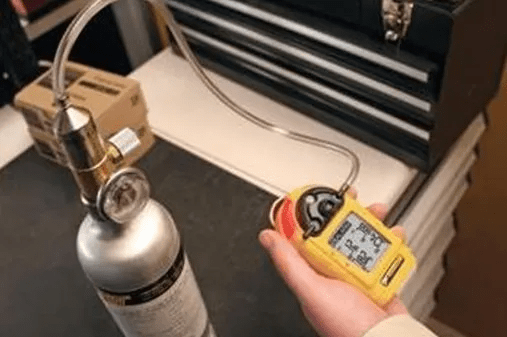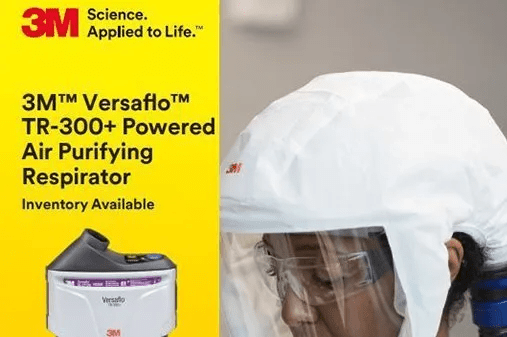The Honeywell SCBA Rescission: What You Should Know
Leave a CommentEffective December 16, 2024, Honeywell rescinded the NIOSH approvals on some of their self-contained breathing apparatus (SCBA) units because of limited parts and support availability. In applications that require OSHA 1910.134 SCBA compliance to protect workers from respiratory hazards, the rescinded Honeywell SCBAs can no longer be used. If your organization relies on any of these devices, your safety team will need to create a Honeywell SCBA replacement plan that includes alternative products that comply with OSHA 1910.134 standards and NIOSH requirements.
OSHA 1910.134: SCBA Compliance Requirements
Respiratory devices and the organizations that use them need to meet very strict standards for worker safety. Learn more about OSHA 1910.134 SCBA compliance and how to attain it.
What Is OSHA 1910.134?
OSHA 1910 standards apply to general industry safety, with the subset 1910.134 defining the requirements workplaces need to meet to sufficiently protect employees from specific respiratory hazards. These hazards include:
- Dust
- Fog
- Fumes
- Gases
- Mist
- Smoke
- Sprays
- Vapor
If adequate engineering controls cannot be implemented in these workplaces, employers must provide workers with respirators that meet the OSHA requirements.
Key SCBA Compliance Rules Under OSHA 1910.134
OSHA 1910.134 compliance requires the following:
- Employers must provide NIOSH-certified respirators built to handle their specific workplace hazards.
- Employers must create a respiratory protection program that provides comprehensive medical evaluations, fit testing for respirators, training, and written documentation for standard operating procedures (SOPs).
- In environments with Immediately Dangerous to Life or Health (IDLH) conditions, employers must provide NIOSH-certified full-facepiece pressure-demand SCBAs.
How the Honeywell SCBA Rescission Affects Compliance
In the aftermath of Honeywell’s NIOSH rescission of specific SCBA units, these models no longer meet OSHA 1910.134 SCBA compliance requirements. Continued use of SCBAs that have lost their NIOSH approval is an OSHA violation and may lead to fines, legal penalties, and additional inspections.
NIOSH-Approved SCBA Alternatives to Honeywell
Organizations can protect themselves and their employees by immediately switching to NIOSH-approved SCBA alternatives. Conducting an internal audit of existing SCBAs and procuring suitable alternatives are the next steps for fast Honeywell SCBA replacement.
Why You Need to Replace Your Honeywell SCBA
Companies cannot use Honeywell SCBAs with rescinded NIOSH approval. The respirators are now unsuitable for use in hazardous or IDLH environments that demand OSHA 1910.134 SCBA compliance, and continued use puts employees at risk. To remain OSHA-compliant, organizations must turn to suitable Honeywell SCBA replacements that do have NIOSH approval.
Features to Look For in a Replacement SCBA
Procurement teams should consider the following criteria when sourcing replacement SCBAs:
- NIOSH certification for the intended applications
- OSHA 1910.134 compliance
- Reliability in hazardous conditions and robust construction
- Support from the SCBA manufacturer, including training, maintenance, and access to replacement parts
- Adjustable components that guarantee a secure, comfortable fit for users
3M™ Scott™ SCBA Solutions for Workplace Safety
Why Choose 3M™ Scott™ SCBAs?
3M™ Scott™ is a trusted respirator manufacturer of multiple SCBA models that comply with OSHA 1910.134 and have NIOSH approval. Switching to these SCBAs ensures worker safety, long-term performance, and continued OSHA compliance.
Top 3M™ Scott™ SCBA Models to Consider
3M™ Scott™ Air-Pak™ X3 Pro SCBA
This model is designed for high-stress environments and is commonly used by industrial workers and firefighters. Key advantages include user comfort, in-built connectivity, and easy cleanability.
3M™ Scott™ Air-Pak™ 75i SCBA
This economical model is built for industrial work. It includes essential safety features to protect workers and has a simple, streamlined design.
3M™ Scott™ Industrial SCBA
For general use across diverse industrial environments, this model is lightweight and versatile. It offers reliable protection and is ideal for transitioning away from non-compliant SCBAs.
Stay Compliant Post-Honeywell SCBA Ban With Jorgensen
Maintaining OSHA 1910.134 SCBA compliance is simple with convenient and dependable options from Jorgensen Company. We offer easy and fast access to new SCBAs that meet NIOSH and OSHA requirements, and can provide quantitative fit testing services before any new equipment is ordered to ensure an initial proper mask fit. Our team provides California’s San Joaquin Valley with high-quality safety products and solutions, including a wide selection of SCBAs, respirators, and eye and face protection.
Request service today to learn more about how Jorgensen can help you stay compliant with the right SCBAs.


